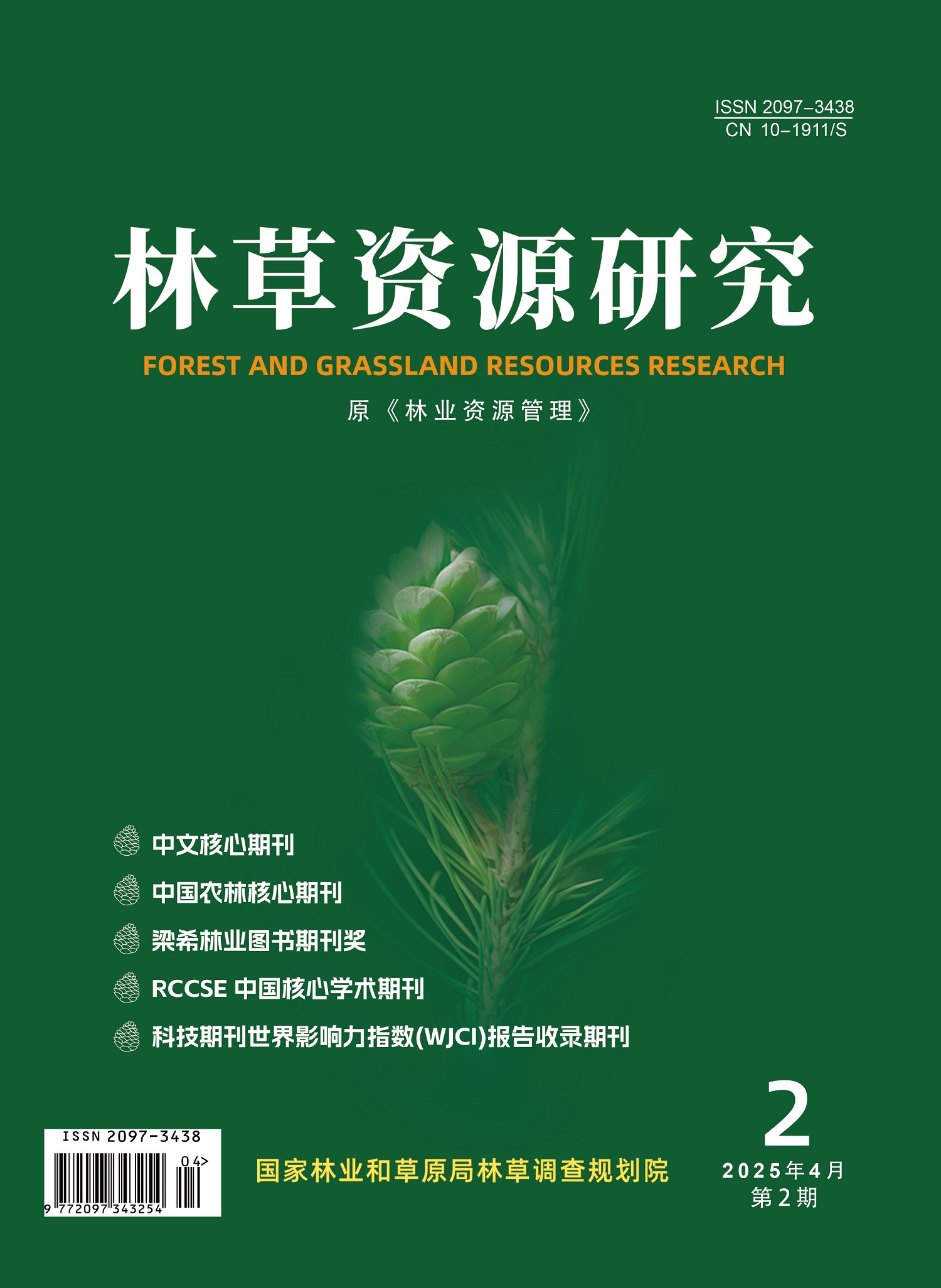Airborne LiDAR data has been widely studied in the estimation of forest biomass,tree height and canopy density,but the research on the estimation of basal area is rare.Taking the Gaofeng Forest Farm as the research area,the forest basal area was inversed by using airborne LiDAR data and combining with 105 sample plots measured on the ground.Firstly,in order to find the optimal filtering method to complete the LiDAR data filtering,four algorithms,namely,progressive triangulated irregular network(PTIN),the progressive morphological filter (PMF),the cloth simulation filter (CSF)and the Interpolation-based filtering (IBF)were used in the LiDAR data for 4 sample plots with different slopes and different forest canopy densities respectively,and then,random forest (RF)and iterative decision tree (GBRT)algorithms were used to estimate the basal area of the forest respectively.Lastly,the model with good precision was selected to complete the inversion and mapping of stand basal area.The results showed that cloth simulation filter (CSF)had good filtering effect on the LiDAR data of the sample plots with slope of 25~33° and canopy density of 0.5~0.7,which was basically consistent with the forest condition of the study area,therefore,CSF algorithm was selected to filter the LiDAR data in this study;in the stand basal area inversion model,the generalization ability of RF model was superior to that of GBRT model,with the R2 of 0.77,RMSE of 3.99m2/hm2 and rRMSE of 17.76%,respectively;while for the independent sample test for the RF model,the correspondent R 2,RMSE and rRMSE was 0.66,3.27m2/hm2,and 14.73% respectively.So RF model was used in the inversion of basal area of forest stand in the study area.

